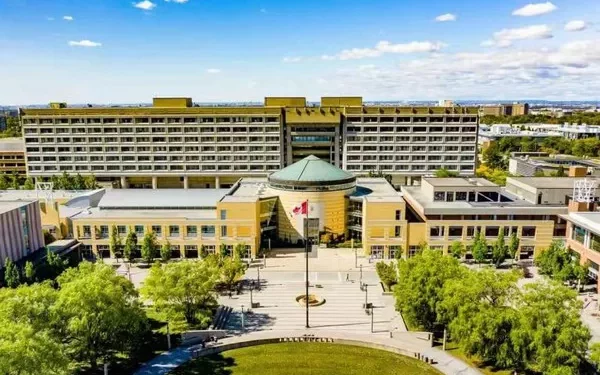Moving to a new country can be both an exciting and daunting experience. If you’re a US citizen considering a move to Canada, there are several legal requirements and procedures that you’ll need to follow. In this article, we’ll explore the steps you need to take to legally move to Canada from the US.
Determine Your Eligibility
Before you start making any concrete plans, it’s essential to determine your eligibility to move to Canada. The Canadian government offers several programs for immigrants, including skilled worker programs, family sponsorship, and refugee protection. Each program has specific requirements and criteria, so you’ll need to research which one is best suited for your situation.
If you’re looking to move to Canada as a skilled worker, you’ll need to meet certain qualifications and have work experience in a particular field. Family sponsorship allows Canadian citizens or permanent residents to sponsor their relatives for immigration, but they must meet specific requirements. Refugee protection is available to those who fear persecution in their home country and meet the definition of a refugee under international law.
Obtain the Necessary Documentation
Once you’ve determined your eligibility, you’ll need to obtain the necessary documentation to enter Canada legally. Depending on your situation, this could include a passport, a visa, or a work permit. It’s important to ensure that you have all the required documentation before you attempt to cross the border, as failing to do so could result in denied entry or deportation.
If you’re moving to Canada temporarily, such as for work or study, you may only need to obtain a temporary resident visa or work permit. However, if you’re planning to stay in Canada permanently, you’ll need to apply for permanent residency, which involves a more extensive application process.
Apply for Permanent Residency
To apply for permanent residency in Canada, you’ll need to complete an application and submit it to Immigration, Refugees and Citizenship Canada (IRCC). The application process involves several steps, including demonstrating your eligibility for permanent residency and providing supporting documentation such as educational certificates, work experience, and language proficiency test results.
Once you’ve submitted your application, it will be reviewed by an IRCC officer who will make a decision on your eligibility. If your application is approved, you’ll be invited to attend a landing interview where you’ll receive your permanent resident status.
Settle in Canada
Once you’ve obtained permanent residency in Canada, it’s time to start planning your move. You’ll need to arrange for transportation, housing, and employment if you haven’t already secured a job. As a new immigrant, you may be eligible for government-funded settlement services, which can help you with tasks such as finding housing, learning English or French, and navigating the healthcare system.
In addition to settling into your new home, you’ll also need to take care of administrative tasks such as getting a driver’s license, registering for healthcare, and opening a bank account. It’s essential to familiarize yourself with Canadian laws and regulations to ensure that you comply with all requirements.
Maintain Your Status
Once you’ve legally moved to Canada, it’s important to maintain your status to avoid any legal issues. This includes complying with the terms of your visa, work permit, or permanent residency status. Failure to do so could result in the revocation of your status and deportation from Canada.
If you’re a permanent resident, you’ll need to meet residency obligations to maintain your status. This requires that you live in Canada for at least two years out of every five-year period. If you’re unable to meet these obligations, you may lose your permanent resident status.
Conclusion
Moving to Canada from the US can be a life-changing decision, but it’s essential to understand the legal requirements and procedures involved. By determining your eligibility, obtaining the necessary documentation, applying for permanent residency, settling in Canada, and maintaining your status, you can ensure a smooth transition to your new home. It’s also important to seek guidance from immigration professionals or legal experts if you have any questions or concerns about the process.



















